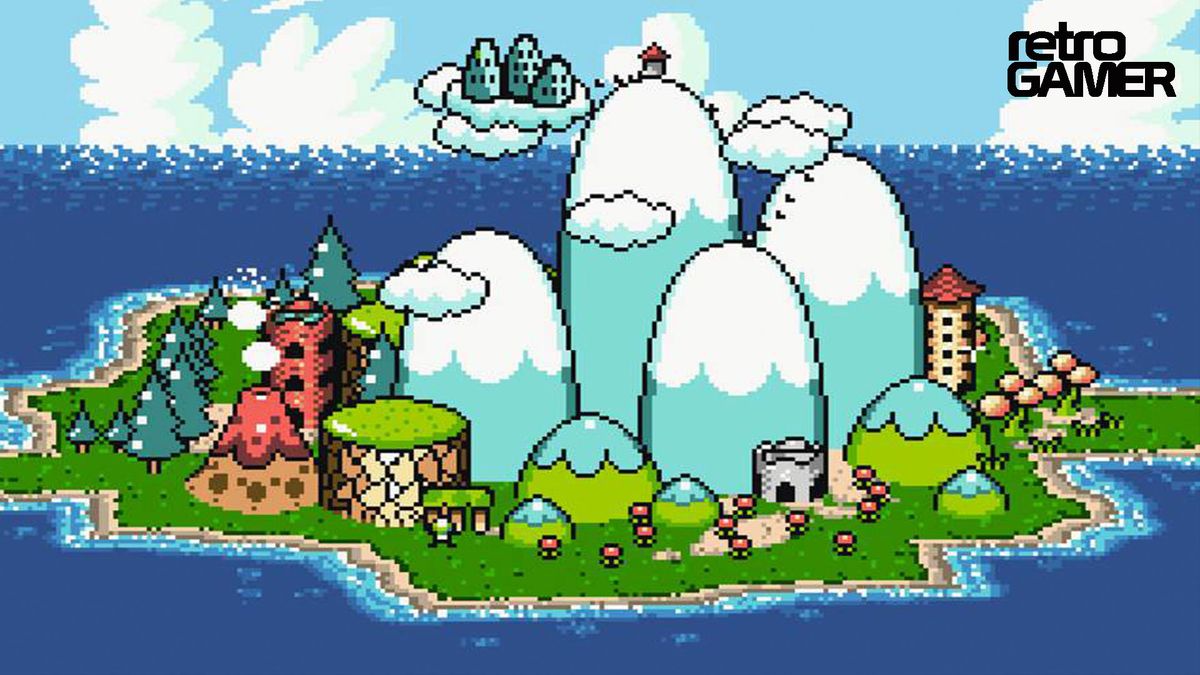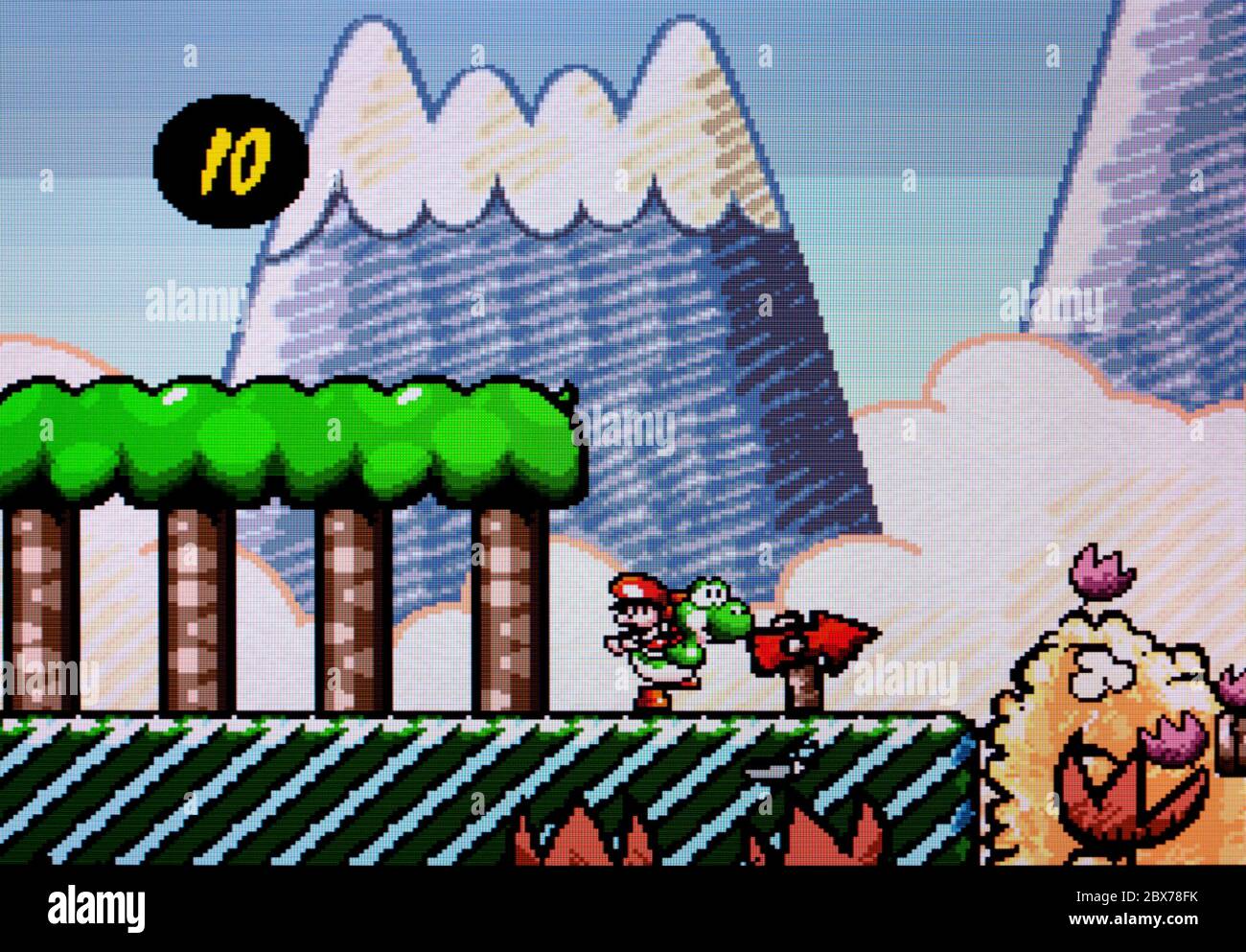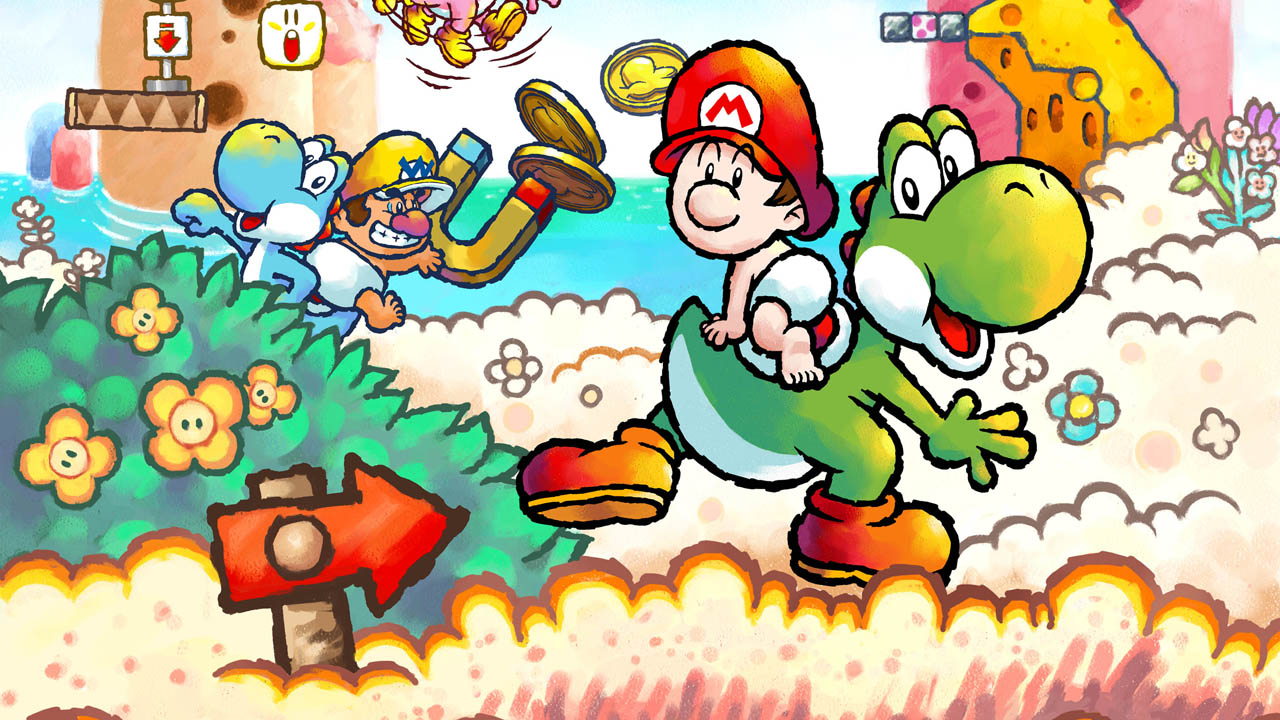- Yoshi's Island Flower Garden
- Yoshi's Island Ost
- Super Mario World 2: Yoshi's Island | Nintendo | Fandom
- Cached

Yoshi's Island Flower Garden


For the game, see Super Mario World 2: Yoshi's Island and Yoshi's Island: Super Mario Advance 3. Yoshi's Island is the island where all of the Yoshis live peacefully. It was also revealed that this island is located the north of Koopa Kingdom, Bowser 's domain. In 2006, Yoshi's Island DS was released on the Nintendo DS, which is much truer to the roots of Yoshi's Island, effectively being its first true sequel. This time, you must protect the baby versions of other Mario-verse characters as well as Mario, each baby giving Yoshi new abilities. Played by xRavenXP (me)This is a longplay of the game Super Mario World 2: Yoshi's Island, released in Japan in August 1995 and October 1995 in the North Ame. May 05, 2018 Super Mario World 2: Yoshi's Island is the in-name-only sequel (or is it a prequel?) to Super Mario World.This time, Yoshi is the star of the show, Mario is an annoying baby, and the development team was evidently into some very heavy drugs.

Back in 1995, I thought I knew what a Mario game was. Running left to right (or maybe down to up). Jumping on things. Eating mushrooms to get big. Flying, sometimes. You know the drill. Then Yoshi's Island came along and showed that Mario games could be about a lot more than that.
Yeah, you were still running through levels and jumping on things, but the myriad ways Yoshi's Island expanded on the Mario formula made it feel like an entirely new game. Yoshi went from an occasional helper in Super Mario World to a permanently controllable character in Yoshi's Island, tasked with protecting a near-helpless Baby Mario riding on his back. Yoshi's oversized tongue let players slurp up enemies and transform them into projectile eggs that could be fired in any direction. What used to be a run-and-jump series was now run-and-jump-and-slurp-and-shoot game, and the Yoshi's Island designers built levels that catered to these new abilities wonderfully.
But the true key to Yoshi's Island's appeal, to me, is the flutter jump. If you continue to hold the jump button after the peak of Yoshi's arc, he'll kick his feet in the air to first slow his descent and then start floating upward again, achieving a new, slightly higher peak. If you have enough elevation, you can flutter multiple times before eventually floating to the ground. This new feature added a crucial, extra bit of post-jump precision to the standard Mario jump, and allowed for a lot of platforming challenges that required mid-air direction changes or extra-long flutter leaps. It's hard to explain to someone who's never played Yoshi's Island just how right it feels to trace a series of gentle, perfect curves through the air with a well-timed executed series of flutter jumps.
AdvertisementThen there's the way the game looks. Mario games have always been bright and colorful, but Yoshi's Island brought a hand-drawn aesthetic that really captured the game's sense of childlike wonder. From the gentle pastel backgrounds to the stark black outlines of the primary-colored characters and enemies, there's the slightest bit of imperfect sloppiness to the visual design that evokes a grade schooler's dream world more than a pixelated game system.
A lot of people don't realize that the 2D sprites in Yoshi's Island were backed up by a version of the polygon-pushing Super FX chip—the same one that powered early 3D SNES games like Star Fox and Stunt Race FX. This allowed for massive bosses that could stretch, rotate and move with a smoothness that was unknown in games at the time, but also provide subtler effects like the way Yoshi's head compresses a little bit when he bonks it against the ceiling. The Super FX powered character animation carries a level of detail that makes the characters seem much more lively than the keyframe animation of previous Mario games.

Avoiding enemies is still important in Yoshi's Island, but getting hit one or two times usually isn't an instant death, as in previous Mario games. Instead, you can just quickly recapture the floating Baby Mario and continue on with the level. It's an important change for a game that marks a transition point of sorts from the simpler 'get to the end without dying' Mario games that came before to titles that focused more on exploration and secondary goals.
Yoshi's Island Ost
Yoshi's Island doesn't have a time limit, allowing players to search out the five giant flowers and 20 hidden red coins in each level to their heart's content. Finding these bonuses isn't necessary to beat the game, but searching out a perfect score on each level provides a great excuse to go back and really absorb all the nooks and crannies of the excellent, puzzle- and secret-filled level design. Plus, finding all the secrets on each level unlocked a series of six extra-hard bonus stages. You know a game is good when you're excited that the reward for playing well is that you get more levels to play.
AdvertisementThat's because every new level in Yoshi's Island showed more originality and imagination than the entirety of many other platform games of the day. There are enemy monkeys that spit watermelon seeds at Yoshi and try to run off with Baby Mario. There are giant, screen-filling Chain Chomps that try to chase Yoshi down (before inevitably falling and chipping a tooth on a cement block). There are items to transform Yoshi into vehicles ranging from a helicopter to a submarine. There's a spike-proof dog that serves as a barely controllable transport. There's the infamous level where Yoshi gets high (sorry, 'dizzy') by inhaling floating spores. You never know what to expect when you unlock a new level in Yoshi's Island, and that expectation of new content keeps you going at least as much as anything else.
Super Mario World 2: Yoshi's Island | Nintendo | Fandom
The magic of Yoshi's Island has proven hard to recapture. I'll never forget the feeling of disappointment I felt when I bought Yoshi's Story on the N64 only to realize it was a pale, simplified shadow of the game that inspired it. Years later, Yoshi's Island DS did its best to expand on the SNES classic, but everything from the controls to the level design just felt the tiniest bit off. The Game Boy Advance rerelease of the original Yoshi's Island might just be the quintessential version of the game, featuring six new unlockable stages that feel perfectly integrated into the larger whole.
The radical experimentation of Yoshi's Island holds up amazingly well even nearly two decades after its first release, and stands as a testament to how even the most well-known and beloved series can be tweaked and expanded successfully.